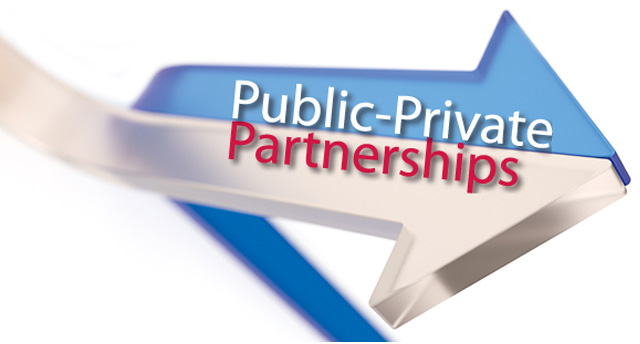Advantages
of Public Private Partnership
A public-private partnership is also known
as P3. It is a contract between a private entity and a governmental body that
can be used to build, finance and operate projects, such as public
transportation parks, networks, and convention centers. The goal of the
public-private partnership is to provide public benefit, either a service or an
asset. It is long-term and includes large organizations on the private side.
A key attribute of such partnerships is
that the private organization must take on a notable part of the risk. The
contractually specified payment typically depends on performance. Generally,
Public-private partnerships have a contract period of 25
to 30 years or can be longer according to the need of a project.
United Bridge Partners is a major example
of a public-private partnership. United Bridge Partners is one of the most
trusted private transportation
infrastructure company in the United States which invests private bridge capital for solving
infrastructure crisis. They own and operate private toll bridges across the
United States. At present, United Bridge Partners is operating the Cline Avenue
Bridge and the South
Norfolk Jordan Bridge. This private bridge infrastructure company deals
with funding, designing, implementing, and funding.
An Example of the Success of Public-Private Partnership
Public-Private Partnership is popular in
many European countries. As large-scale infrastructure and public works
projects are increasing, it’s now moving to the United States too. Several
projects of public-private partnerships in recent decades have been extremely
successful. The high-occupancy toll lanes project in Virginia is a good
example. Many private-sector firms contributed to this partnership, prompting
in cost savings in the millions of dollars. Furthermore, the collaboration
between private partners and the government brought expanded highway capacity
online years earlier than a traditional government-does-all approach might have
done.
Benefits of Public-private partnerships
- P3 offers great
transportation infrastructure solutions than an initiative that is
entirely public or entirely private. Each entity does what it does best.
- Results are faster in
public-private partnerships, as it reduced delays on infrastructure
projects by involving time-to-completion as a metric of performance and
therefore of profit.
- The return on investment
(ROI) in public-private partnerships might be greater than the projects
with traditional, all-government all-private fulfillment. Financing
approaches and Innovative design become available when the two different
entities work together.
- Risks are completely
assessed earlier to determine the feasibility of the project. This implies
that the private bridge
infrastructure company can serve as a check against impractical
government expectations or promises.
- The project execution
and operational risks are conveyed by the government to the private
entity, which usually has more experience in cost moderation.
- Public-private
partnerships may involve preliminary completion bonuses that further
increase efficiency. They can sometimes minimize change order costs as
well.
- By escalating the
regulation of the government's investment, a P3 allows government funds to
be diverted to other crucial socioeconomic areas.
- The greater efficiency
of P3s reduces government budgets and budget deficits.
- High-quality standards
are better maintained and obtained throughout the life cycle of the
project.
- Public-private
partnerships that minimize costs potentially can lead to lower taxes.
No doubt that public-private partnership is very beneficial and
great for a country, but it’s not
good for every project!


Comments
Post a Comment